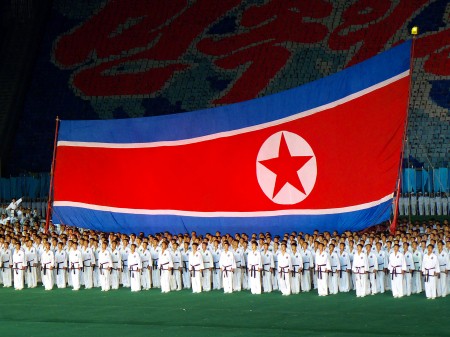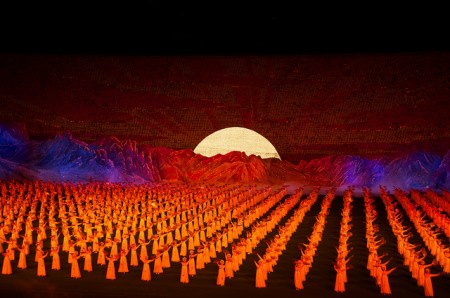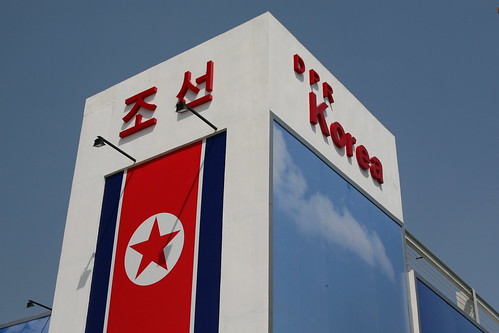This article was originally published by 38 North on 4 September 2014. Republished with permission.
At first glance, last week’s wrestling exhibition in Pyongyang seems to have been a one-off event similar to others with which North Korea has used in the past to try to shift attention away from its nuclear program. As such, it could be dismissed as little more than a dose of regime propaganda. However, this interpretation seems inaccurate. Instead, Kim Jong Un appears intent on actually developing the tourism sector to attract much needed capital inflows. Seen in this light, a group of international wrestlers fighting inside a North Korean ring and holding arm-wrestling competitions with local children can be interpreted as in line with recent efforts to attract more visitors.





